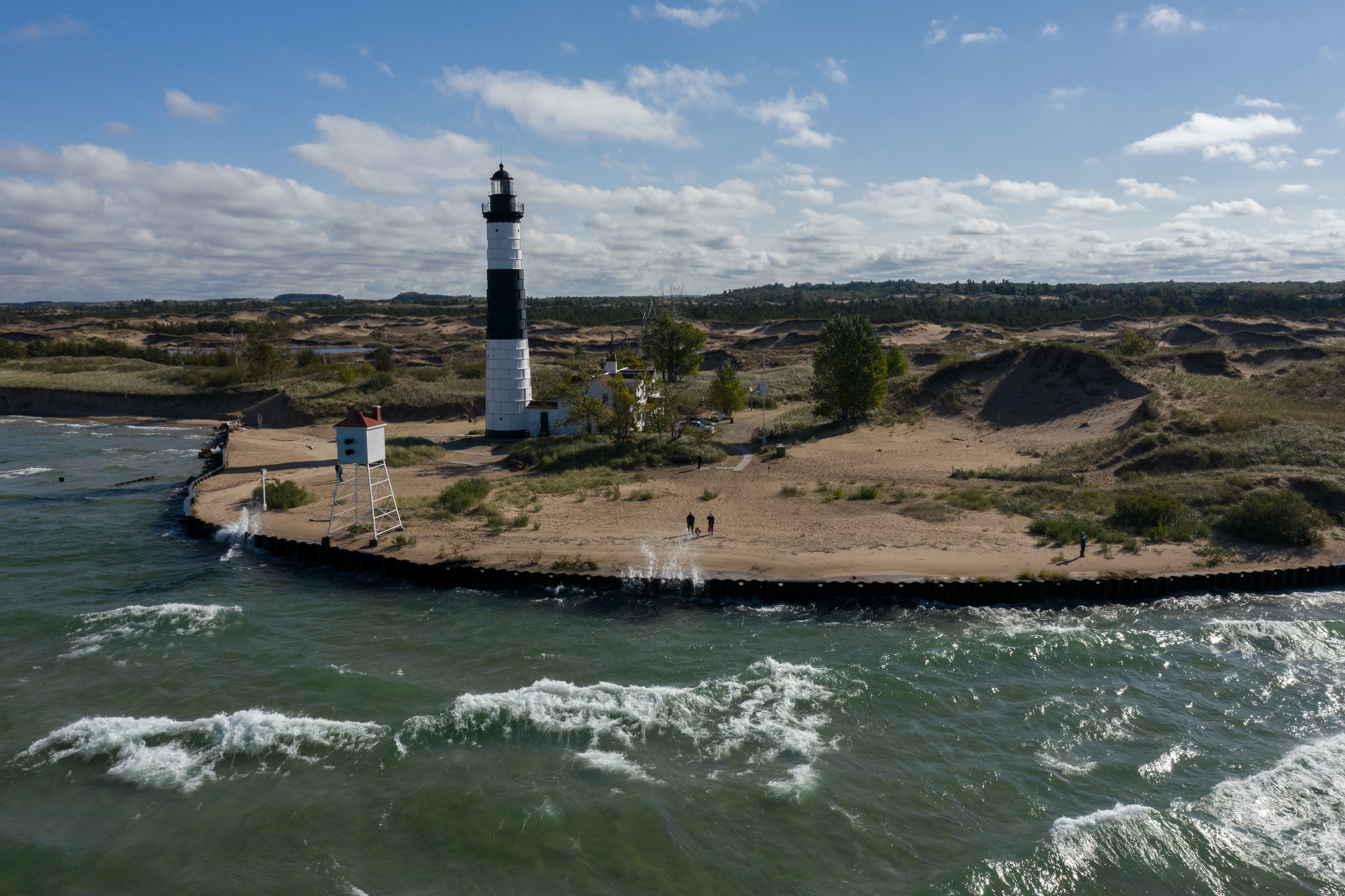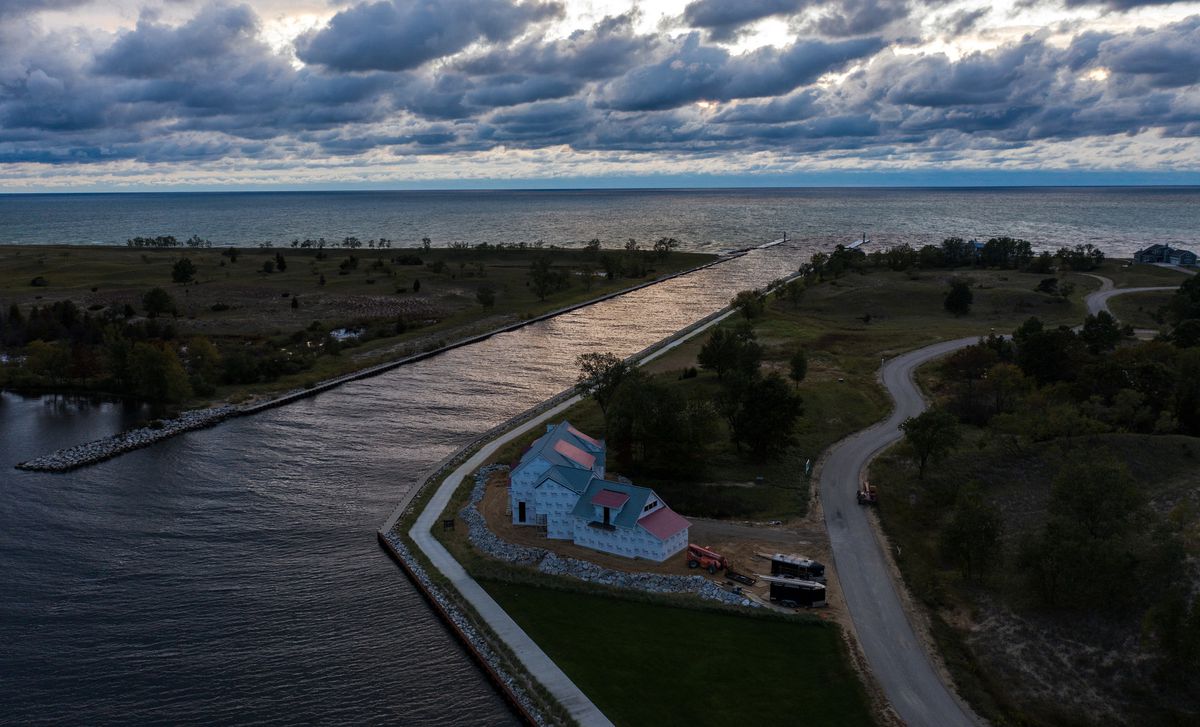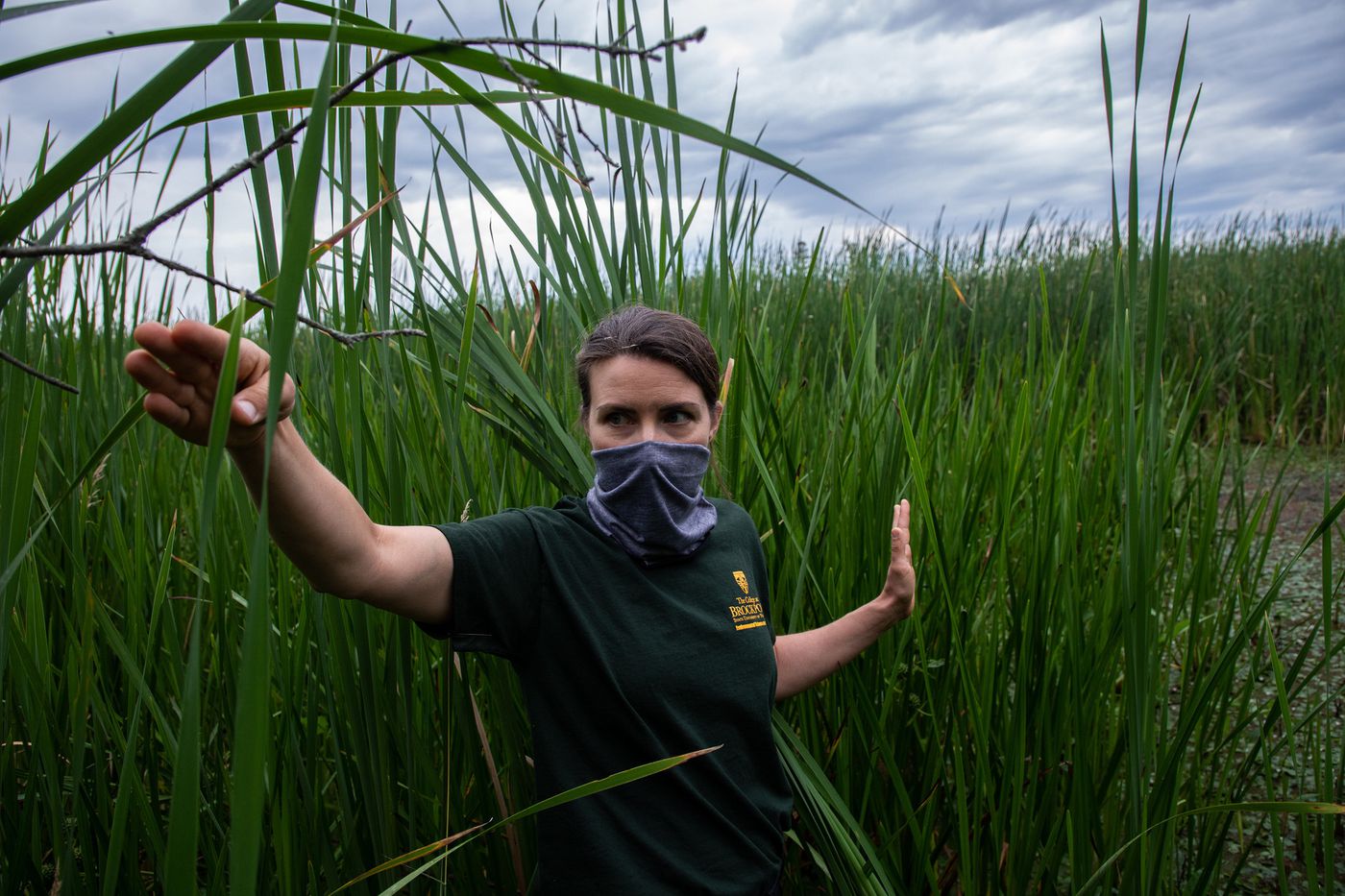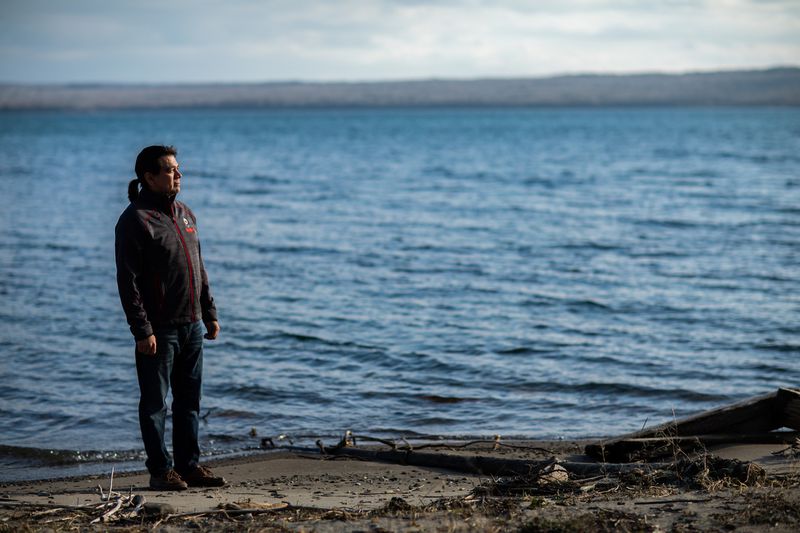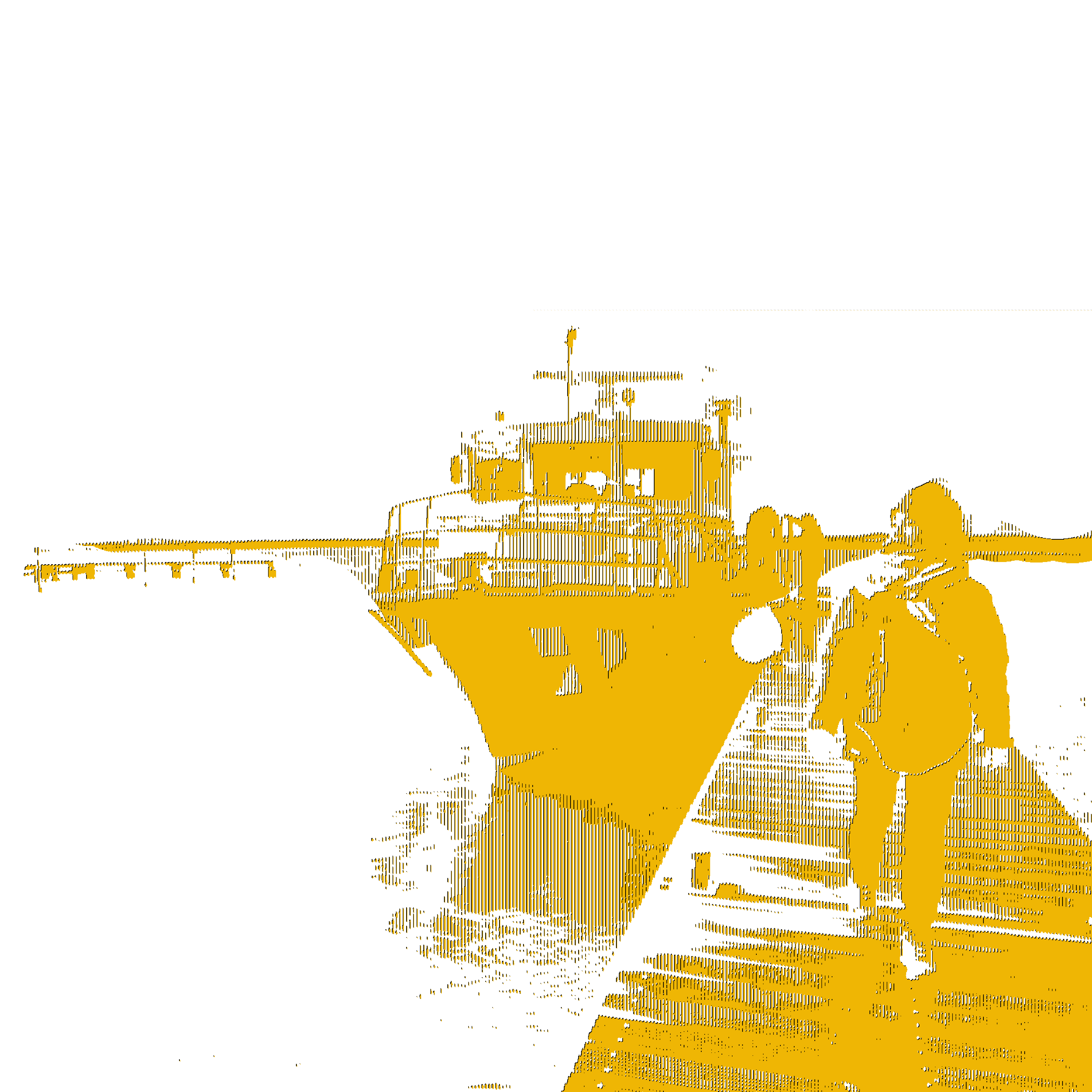
As nations grapple with the threats posed by human-induced climate change, global warming is jeopardizing the world's most precious resources including North America's Great Lakes.
The Great Lakes are home to 20 percent of the planet's surface freshwater. The region is a global agricultural powerhouse. And the lakes support a $7 billion fishing industry and $25 billion in shipping commerce. But more intense rainfall, warming temperatures, and invasive species are taking a toll, all in different ways for each of the lakes.
Lake Erie is the most populous, the most shallow and the warmest. Lake Superior, the largest, coldest, and deepest — is the fastest-warming. Lakes Michigan and Huron have historically seen the greatest fluctuations in water levels. And as a significant corridor for international shipping, Lake Ontario is a vital gateway to the ocean.
Climate change is already affecting drinking water, multibillion-dollar industries, and longstanding traditions. We take readers from Duluth to Buffalo to see how these communities are grappling with what many consider to be the challenge of the century.


